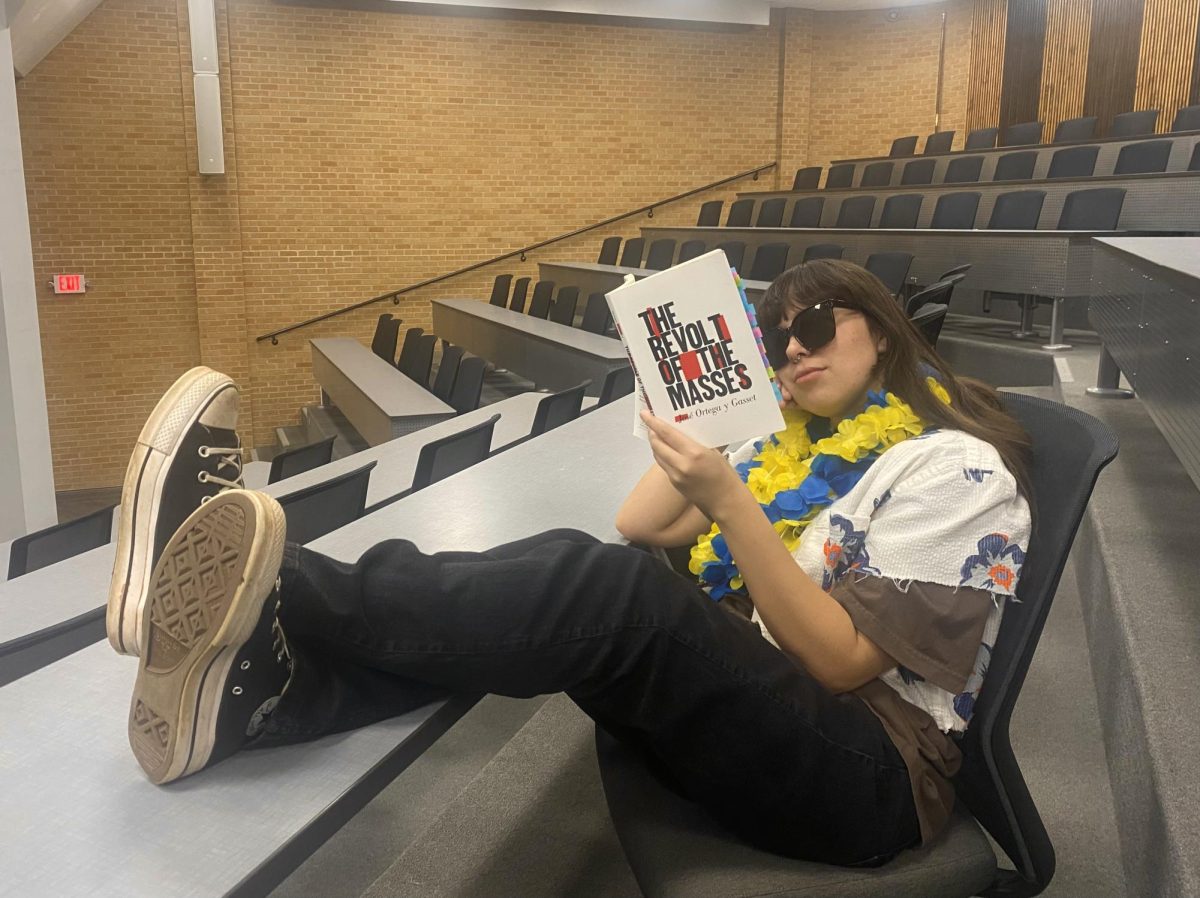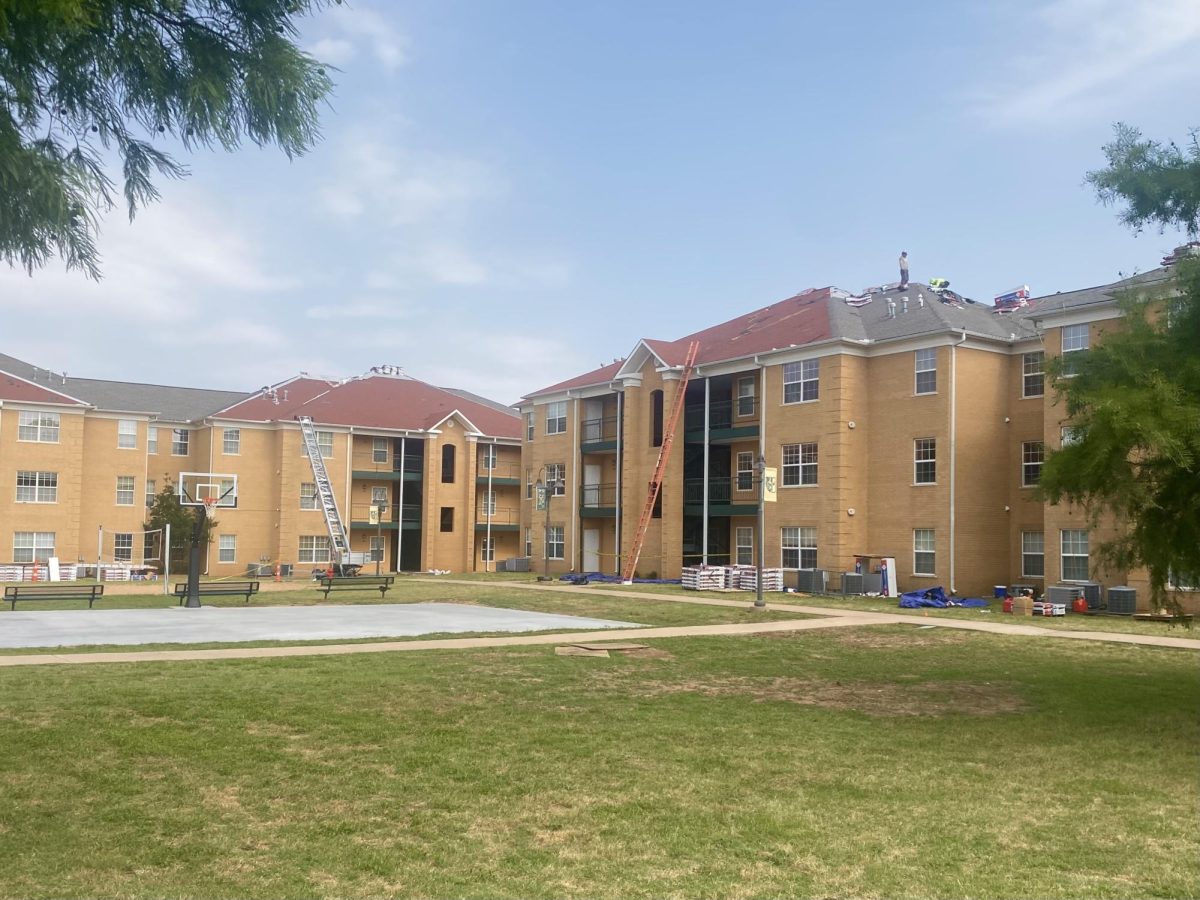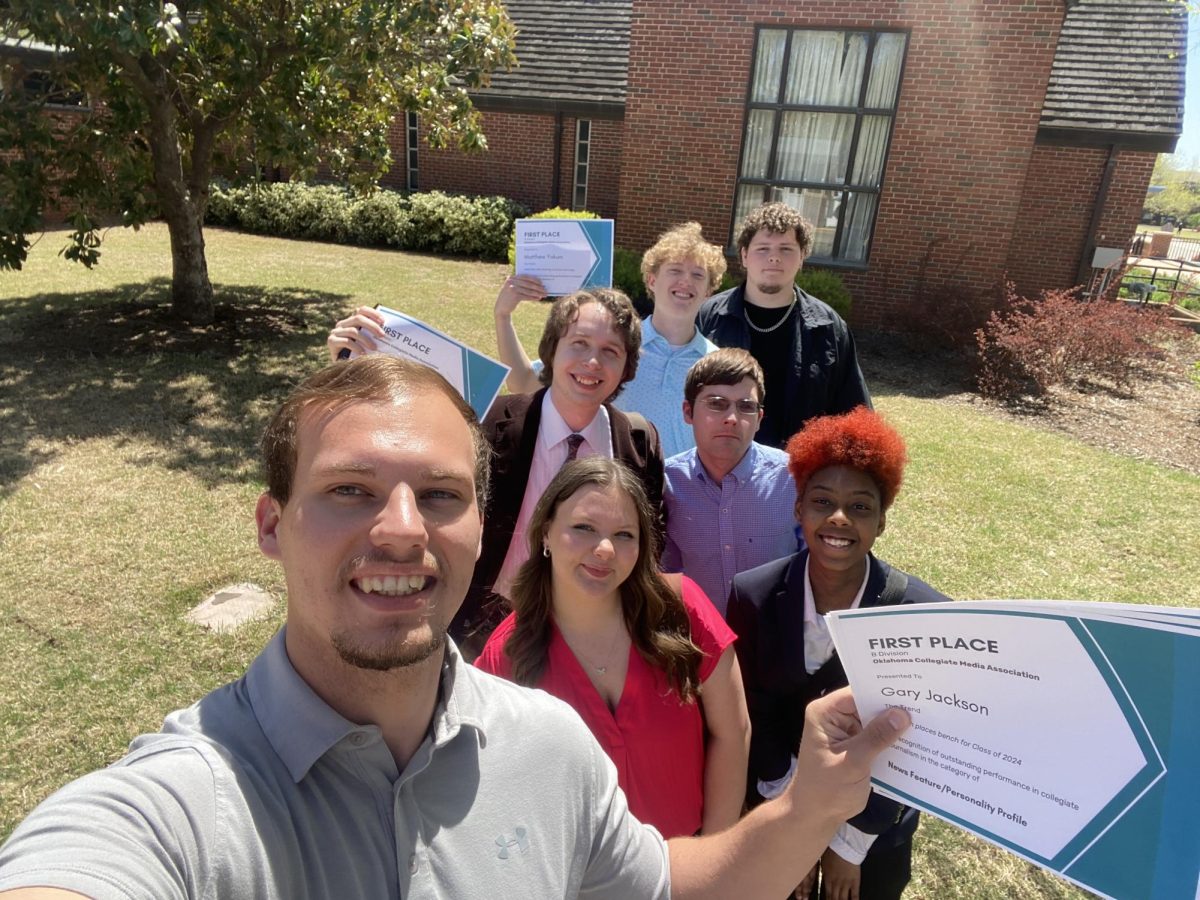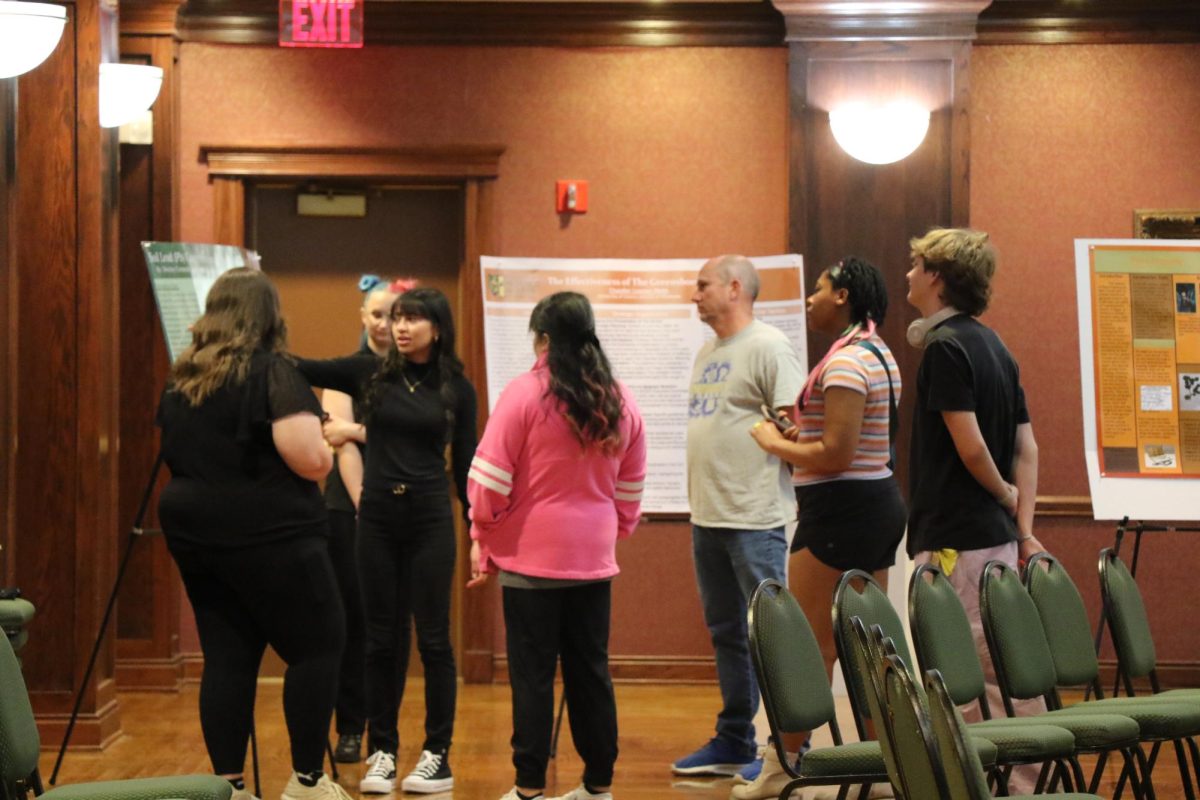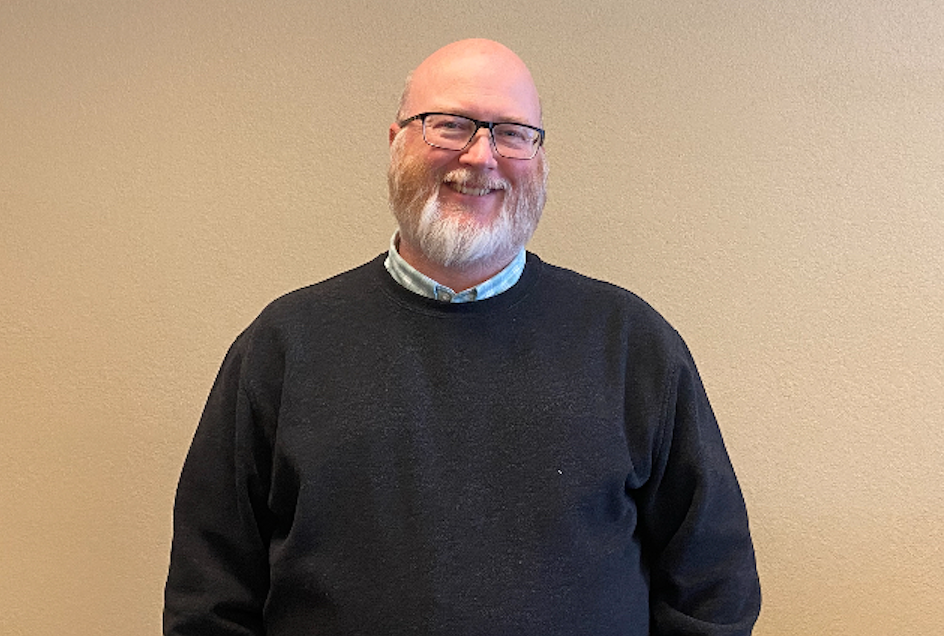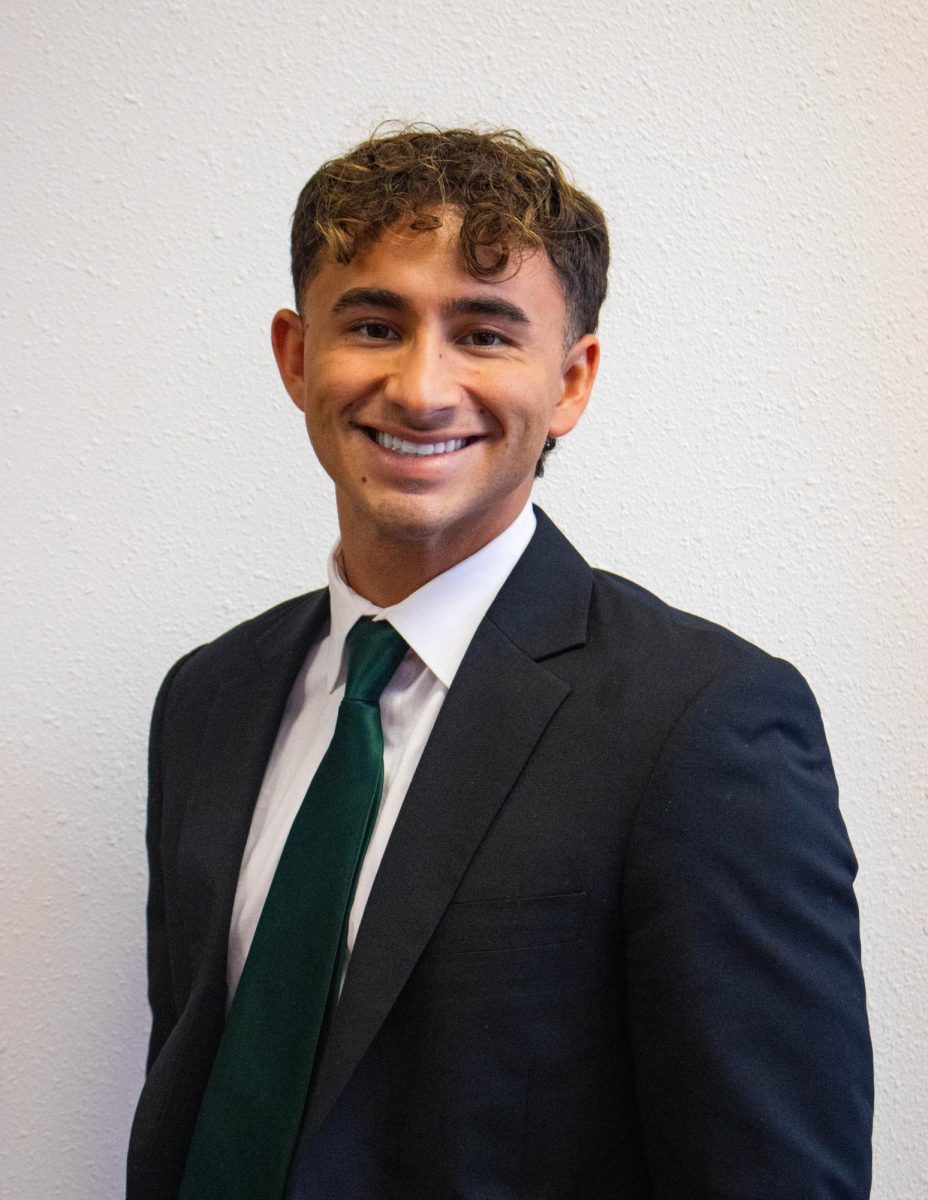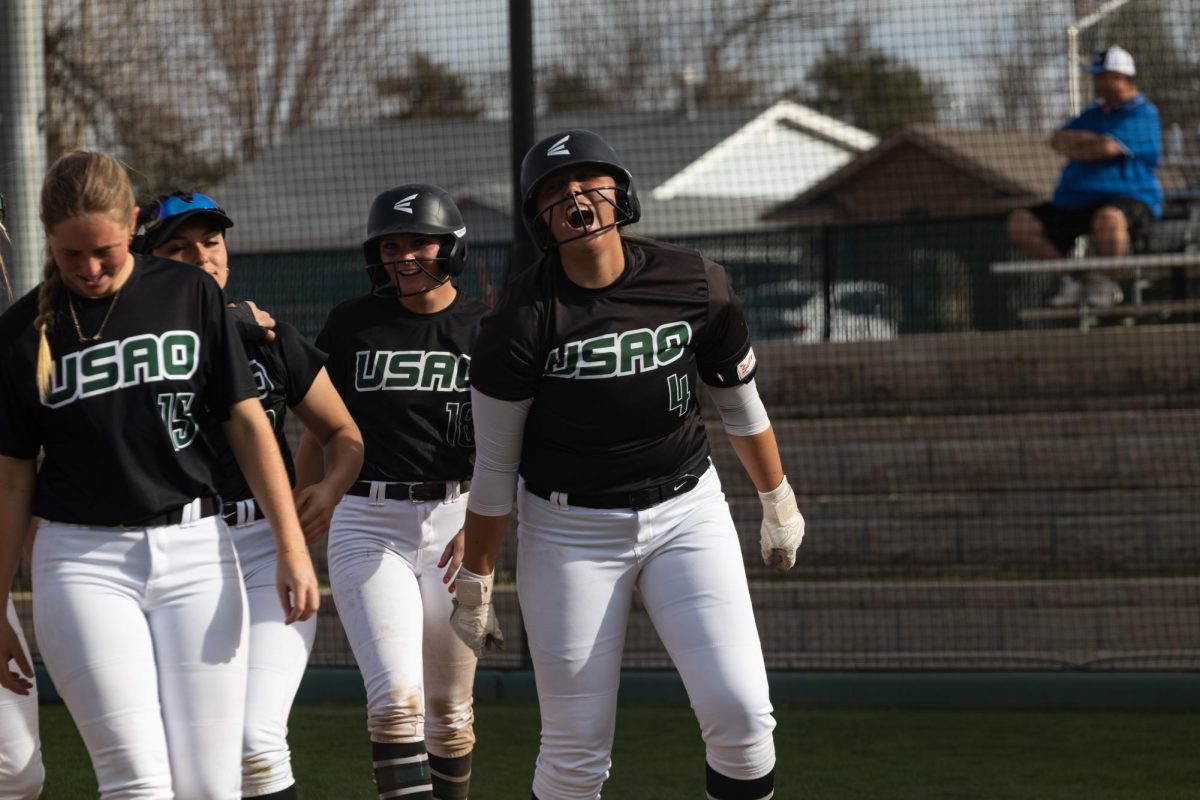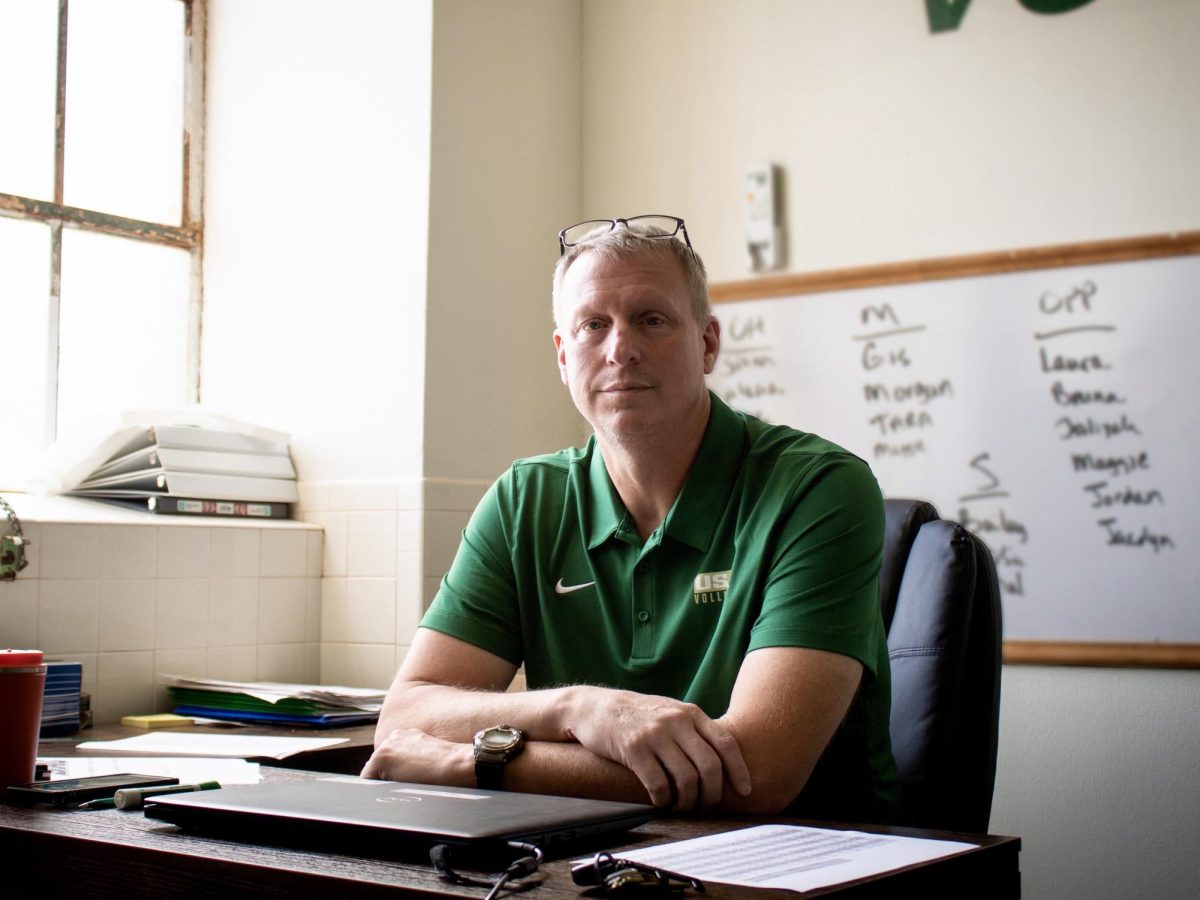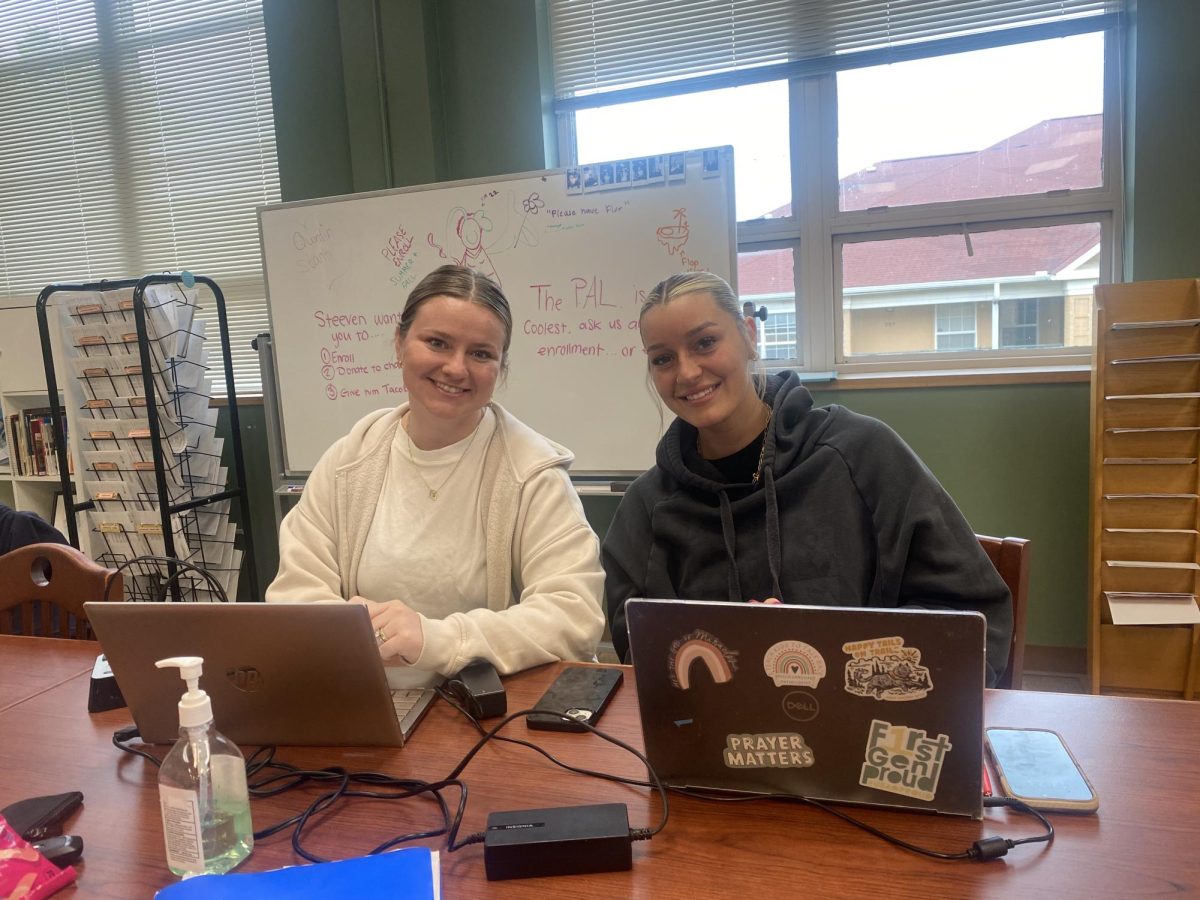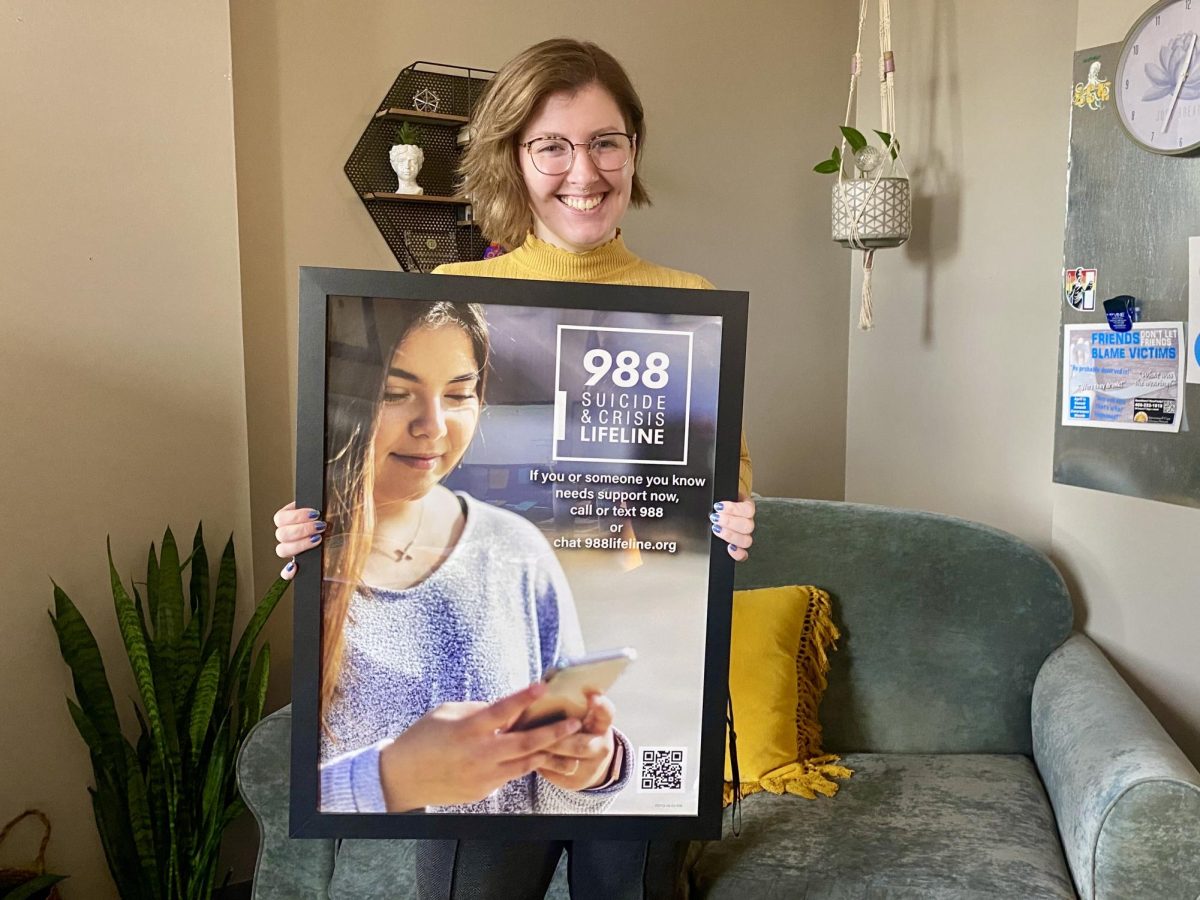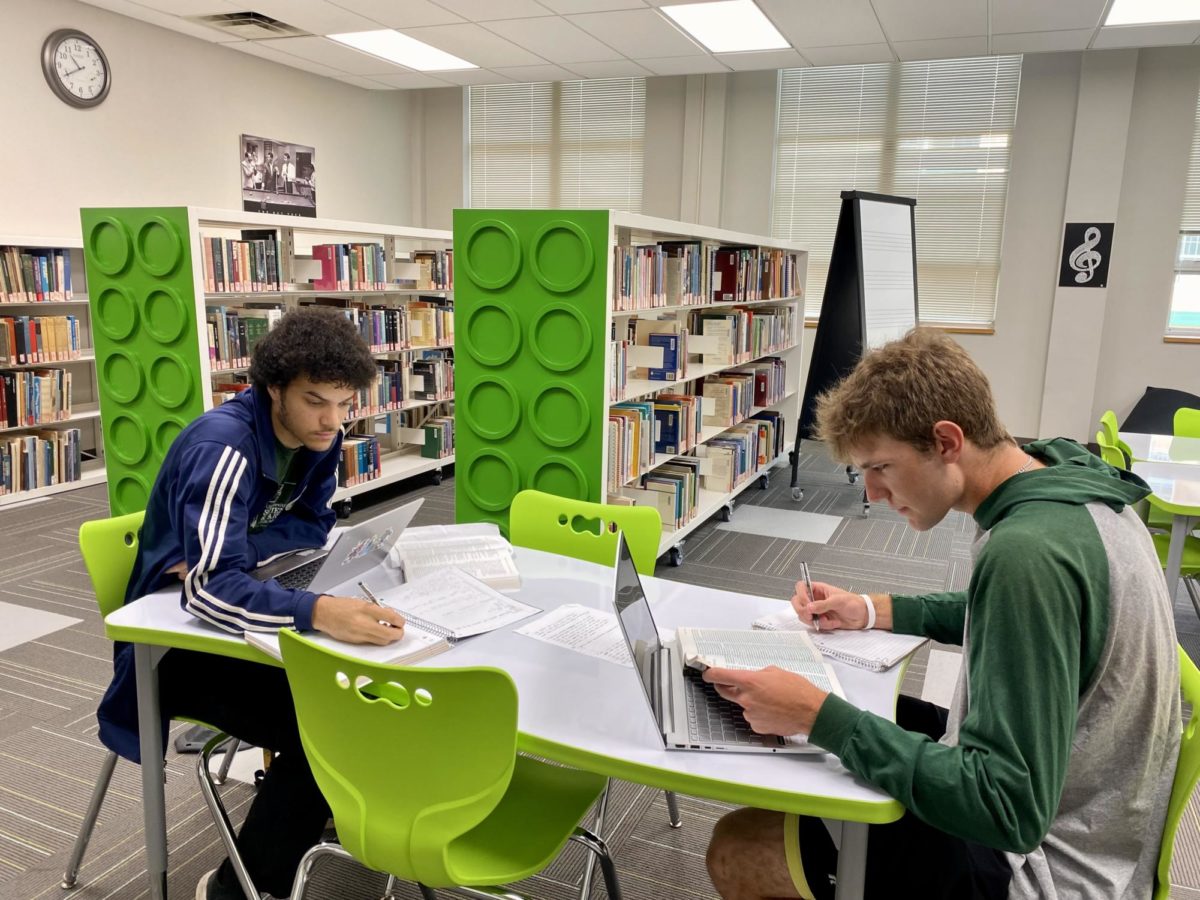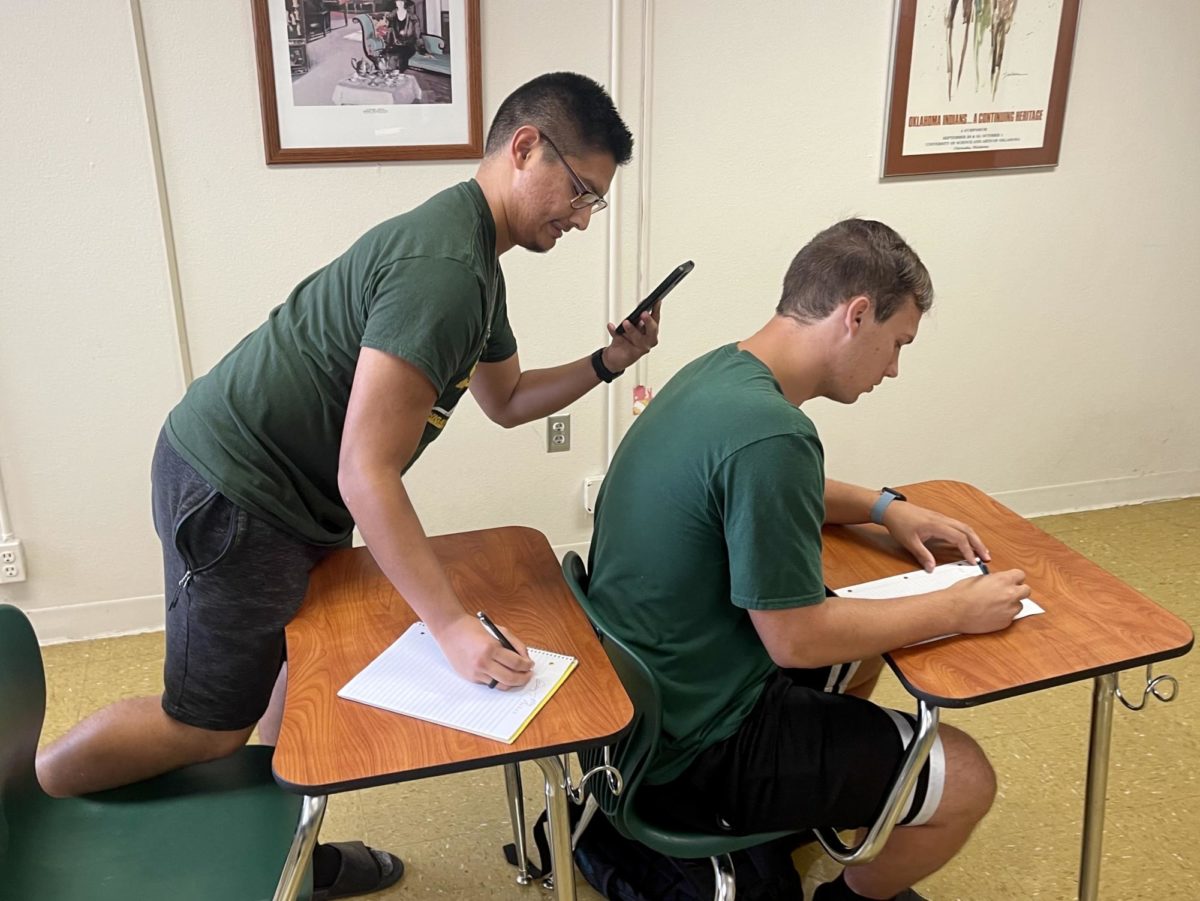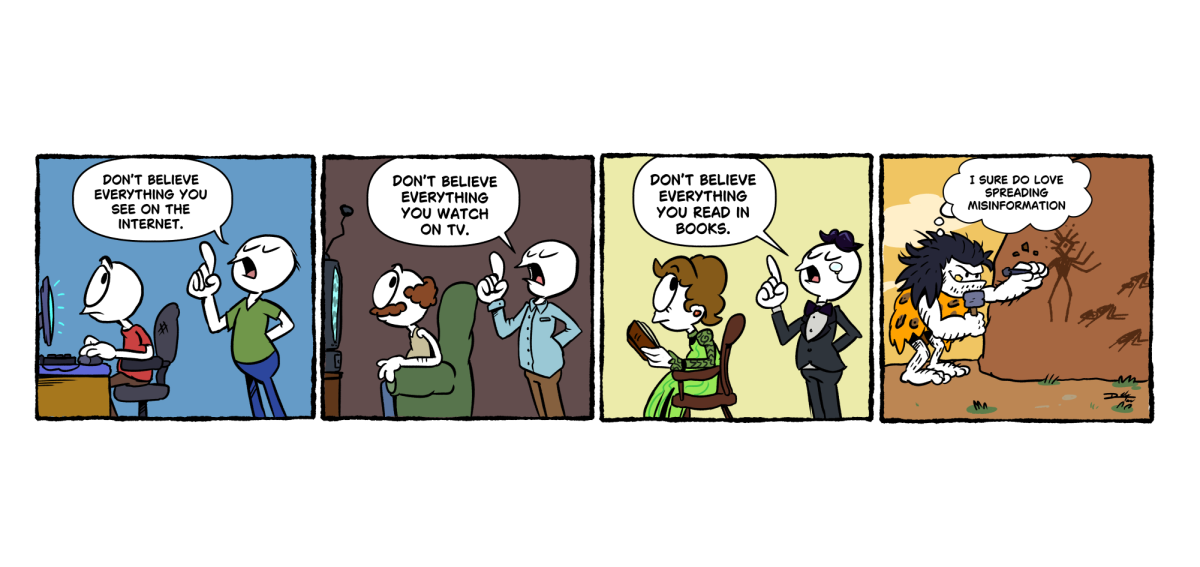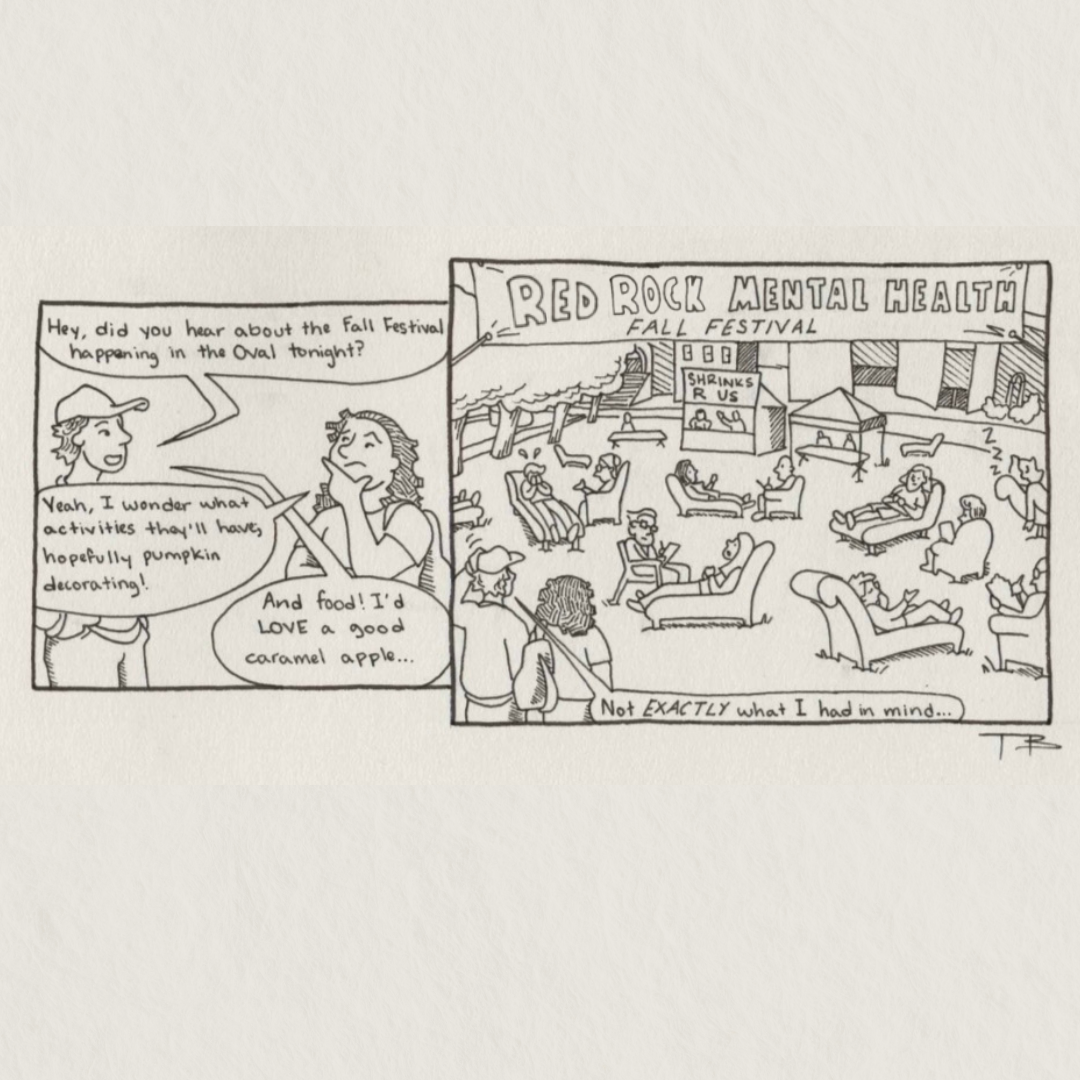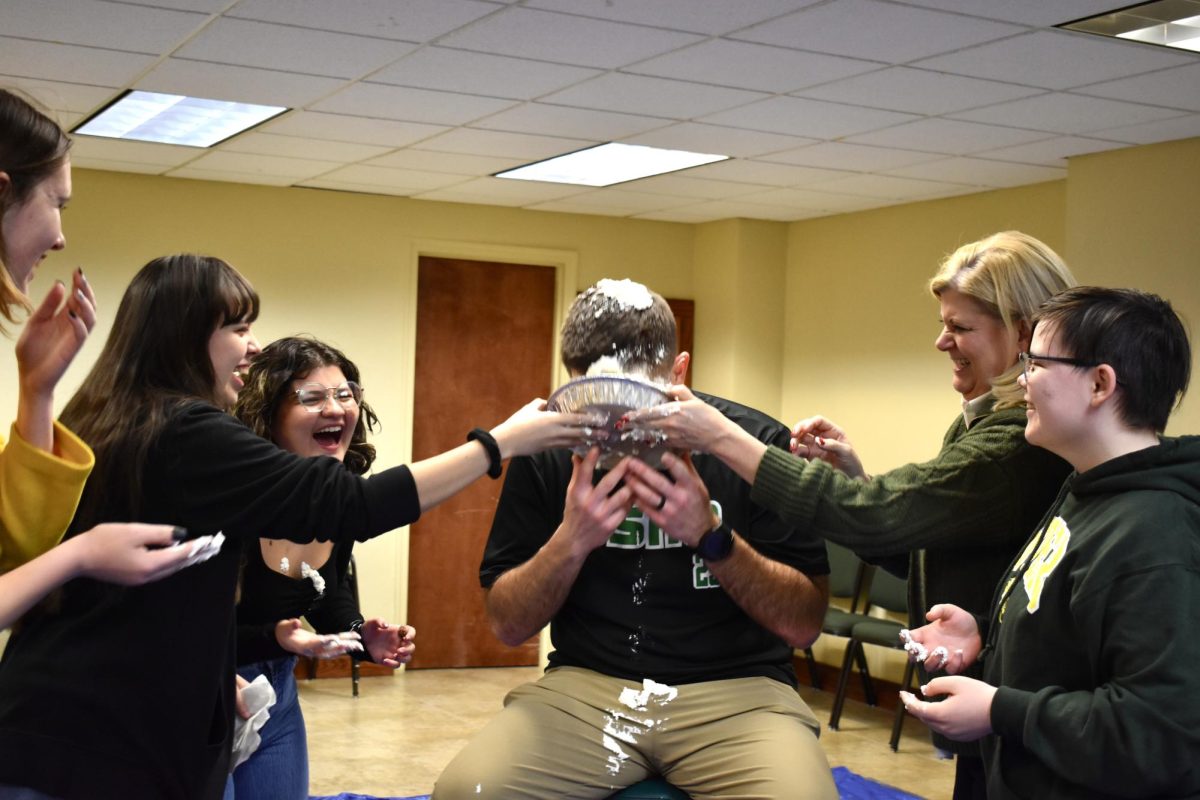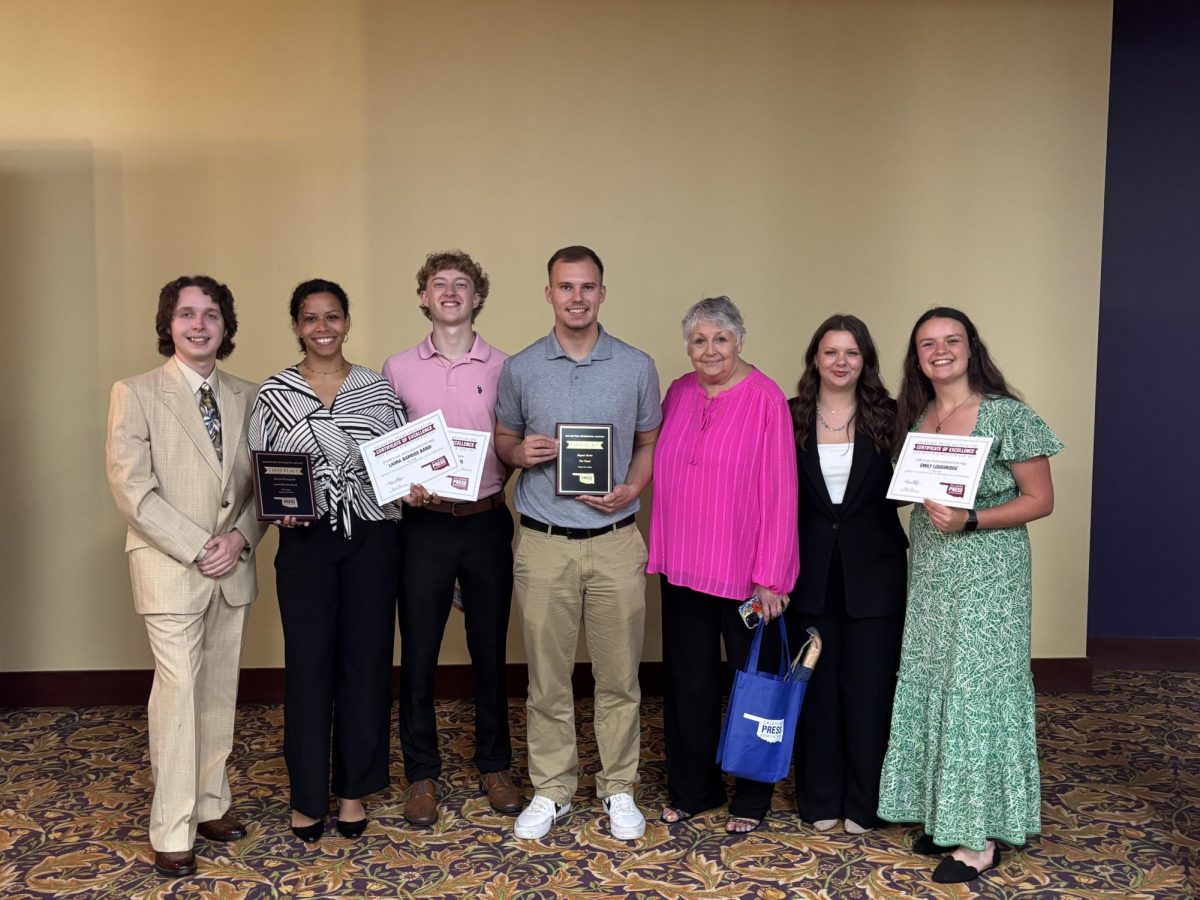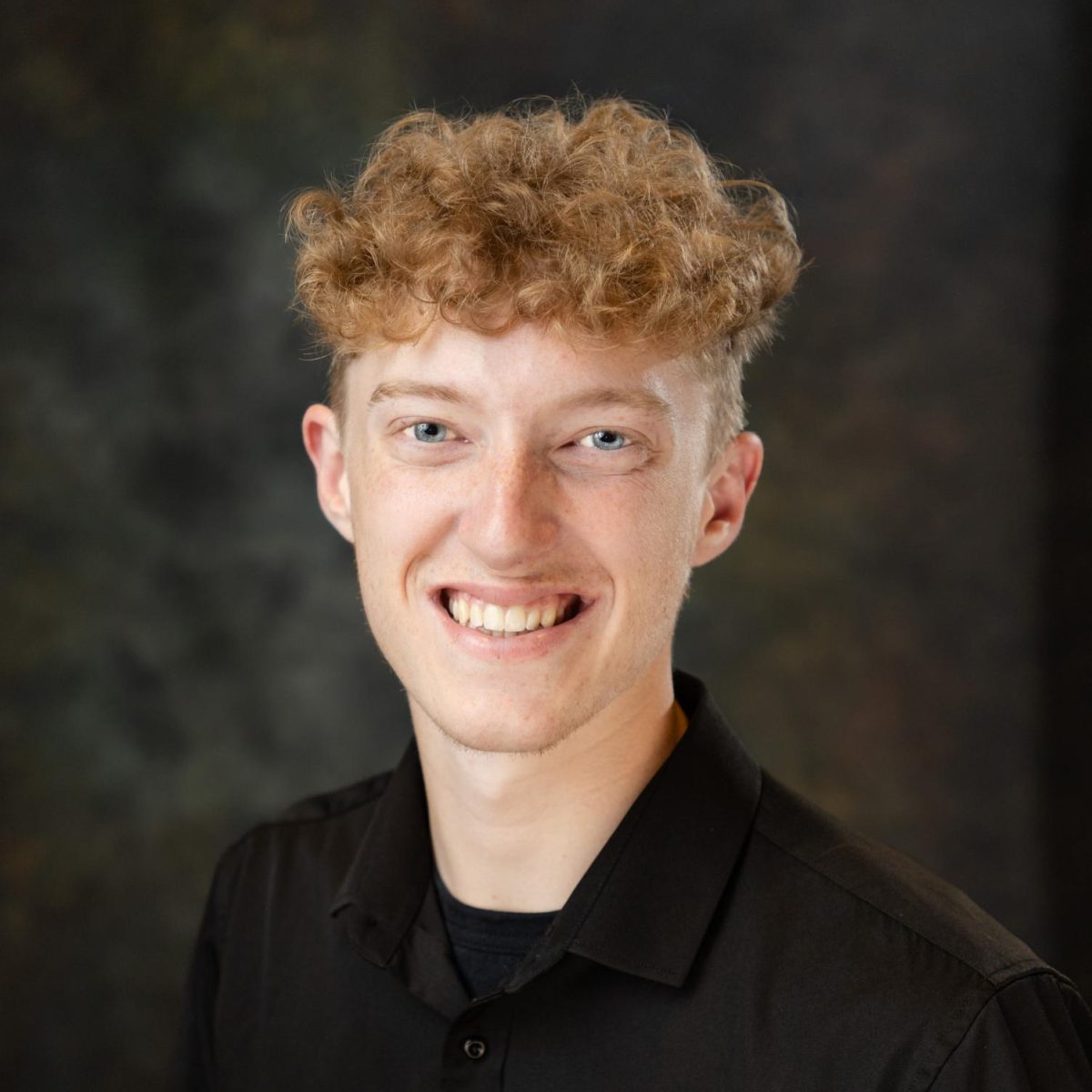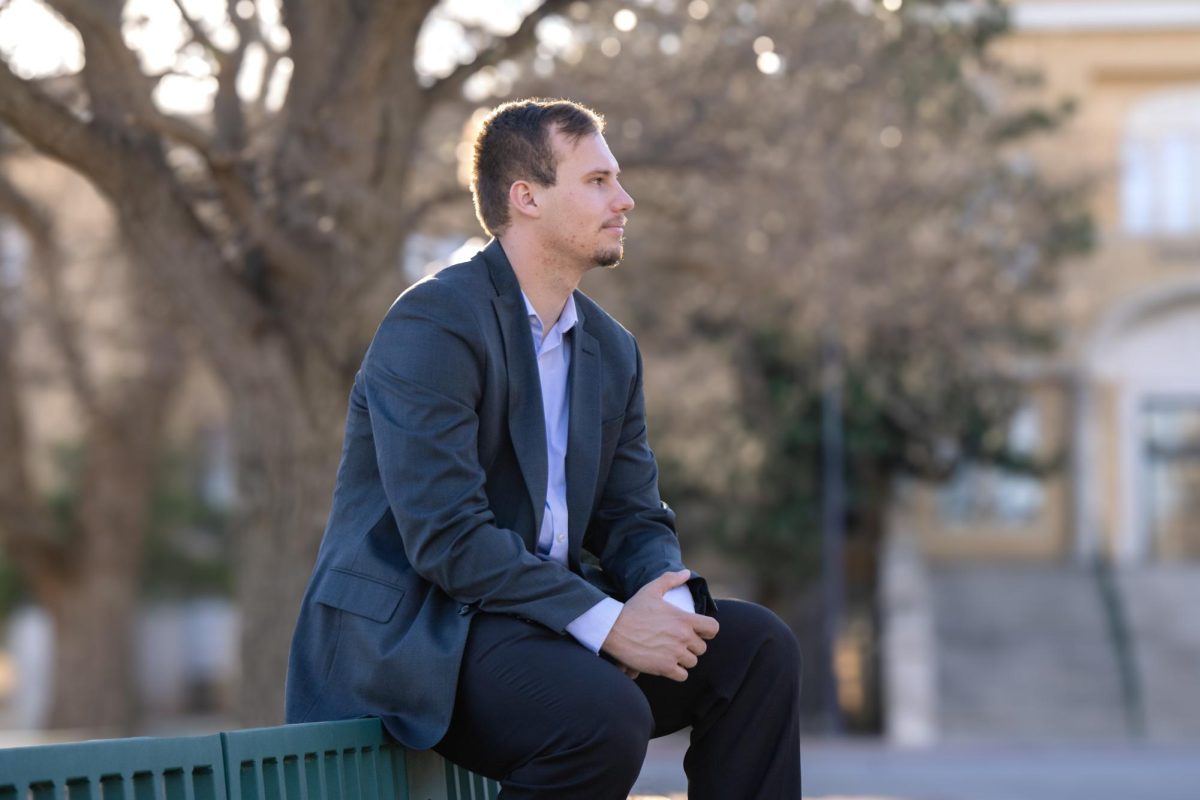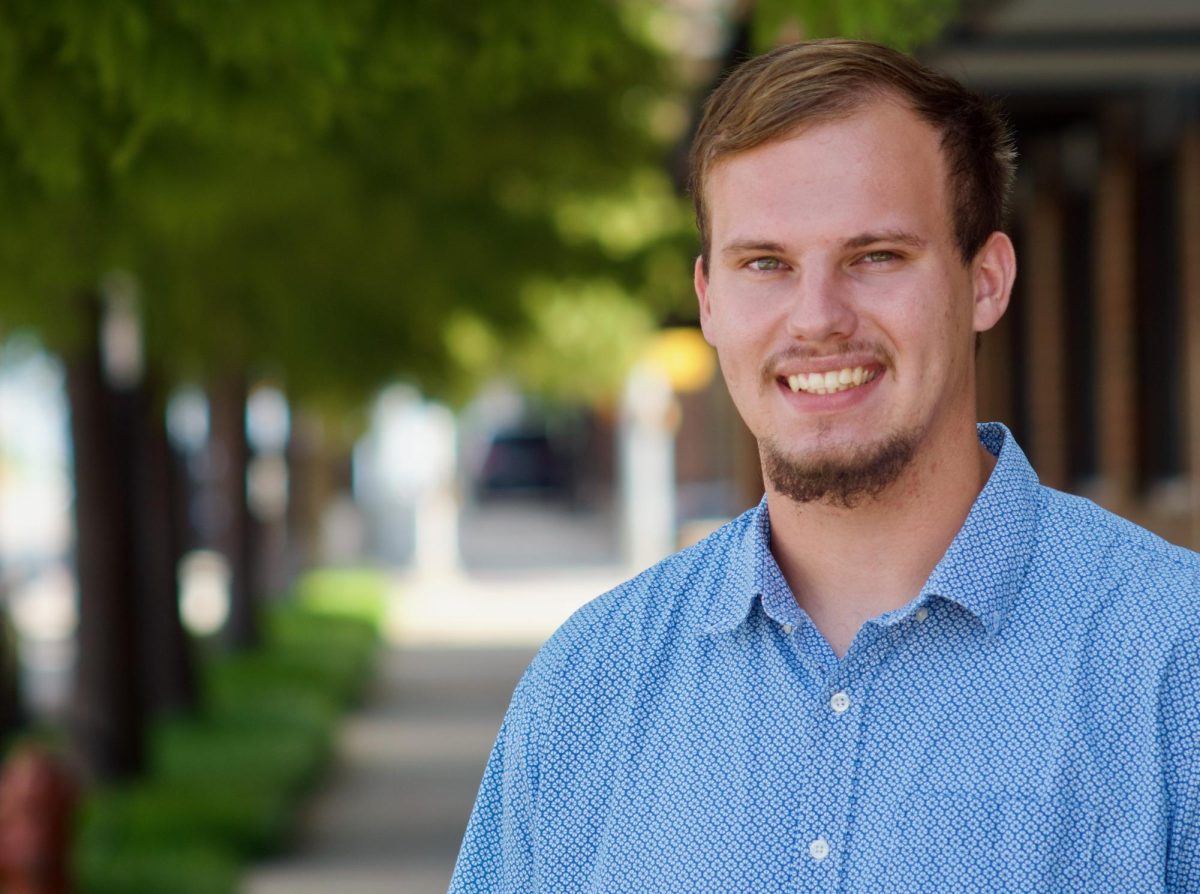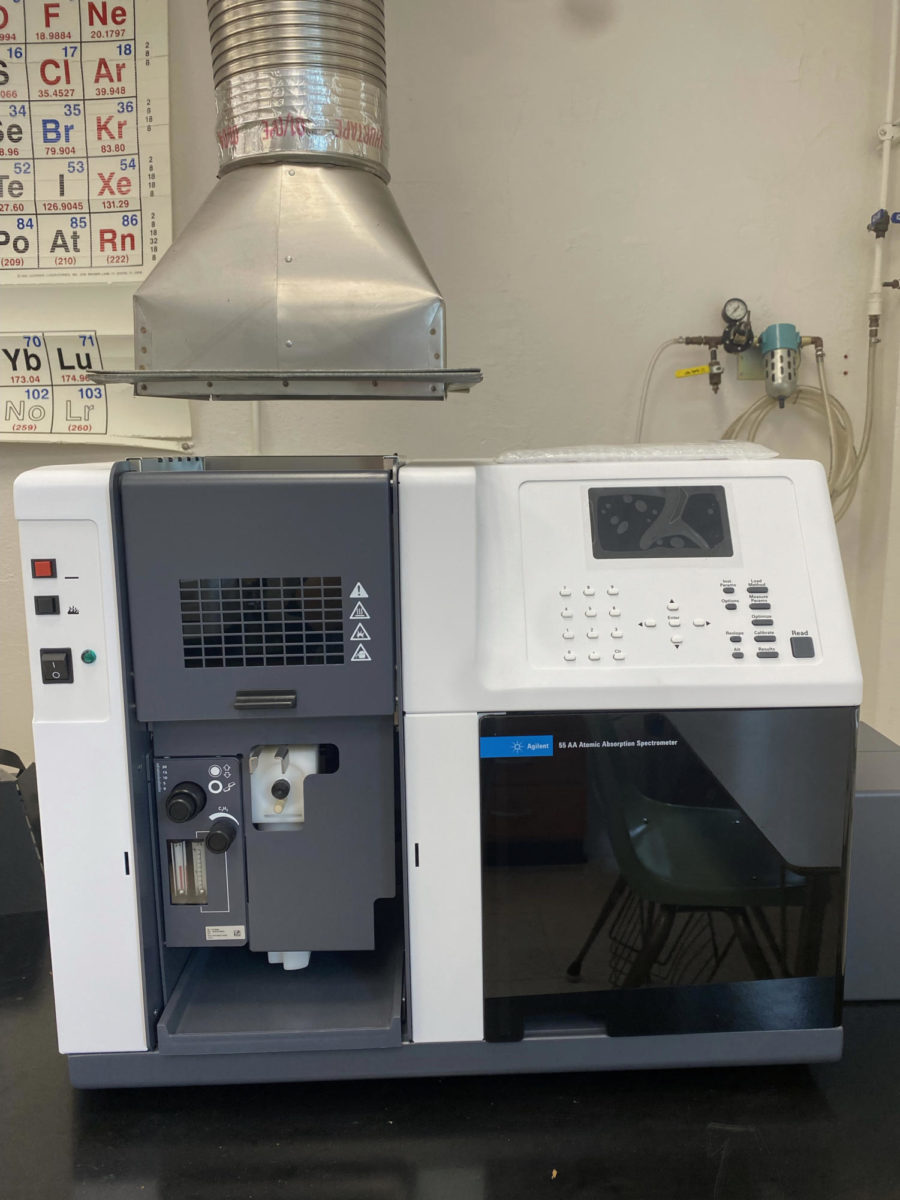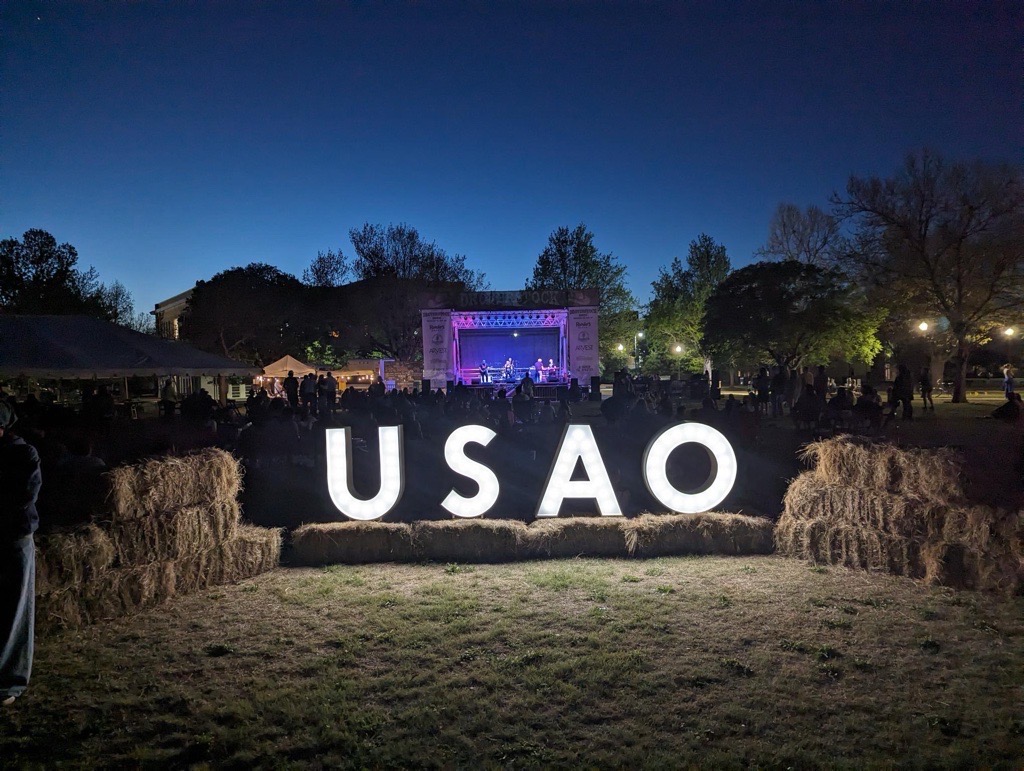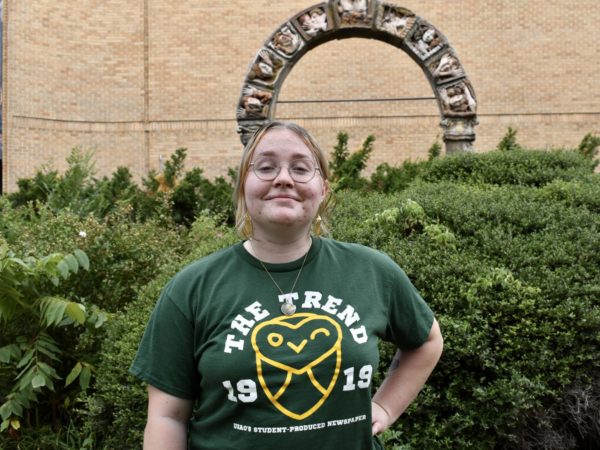Just this summer semester, USAO’s Science and Physical Education Department welcomed a new piece of equipment. The Flame Atomic Absorption Spectrometer, better known as a Flame AA, is a machine that will be used in Chemistry and Environmental Science classrooms alike. The Flame AA will provide a new way for students to perform hands-on work that will be greatly useful in their future endeavors. Classes such as General Chemistry one and two, Analytical Chemistry, Instrumental Analysis, and Field Techniques will have access to using this machine.
The Flame AA is useful for determining the presence and amount of metal per each sample. By using certain lamps that are tuned to certain elements, it can identify very small parts-per-million traces of these elements. This is possible due to the way atoms absorb light and the fact that the wavelengths of light associated with each element are unique. The sample gets burned in a flame before the light gets shot through it at the specific wavelength needed to identify the metals suspected to be present. The quantity absorbed tells information about the presence of these elements. If nothing shows up, then the incorrect lamp was used, and the sample must be rerun.
Dr. Nicholas Boyde, an Assistant Professor of Chemistry here at USAO, commented on how the Flame AA was paid for, “We looked to the foundation and used our discretionary funds to pay for this. We are hoping to buy more lamps and equipment to broaden the scope of what we can do with it.”
USAO did previously have a Flame AA, but it had stopped working, which encouraged this purchase.
“The instrument was difficult to use and often needed additional calibrations, which made using it in a course difficult,” Dr. Boyde said.
The modern instrument is much easier for students to use and will be incredibly useful in mentored research and student-driven projects. Things such as testing drinking water and rainwater for trace metals will be possible using this machine. The Flame AA is also capable of testing food samples in order to detect metal traces, and its capabilities can be applied to a wide array of uses.
When asked what other new equipment Dr. Boyde would like to see in the future, a Nuclear Resonance Spectrometer (NMR) was mentioned. NMRs function similarly to an MRI, but instead of scanning a human body, it can determine the connectivity of elements together. It looks for elements such as carbon and hydrogen to assess this. As big of a benefit this would be, the NMR models geared toward undergraduate use are currently outside of the budget without an external grant.
Bea Bourland is a second-year Biology and Environmental Science major at the University of Science and Arts of Oklahoma.
**Updated 7/20/23

